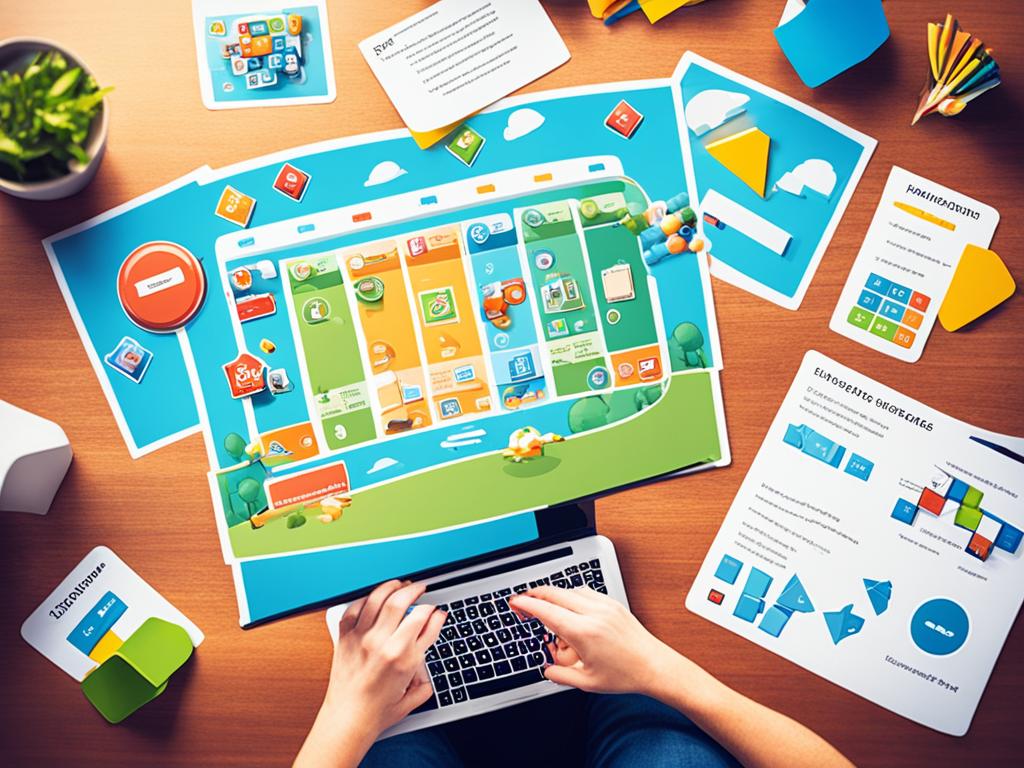
Gamification in Education
Gamification is changing how we teach and learn. It uses game design to make learning fun and engaging. This approach taps into our love for challenges and rewards, making school more exciting.
At its core, gamification uses game mechanics like points, badges, and leaderboards. These elements make learning feel like a game. They boost motivation and make students want to keep learning.
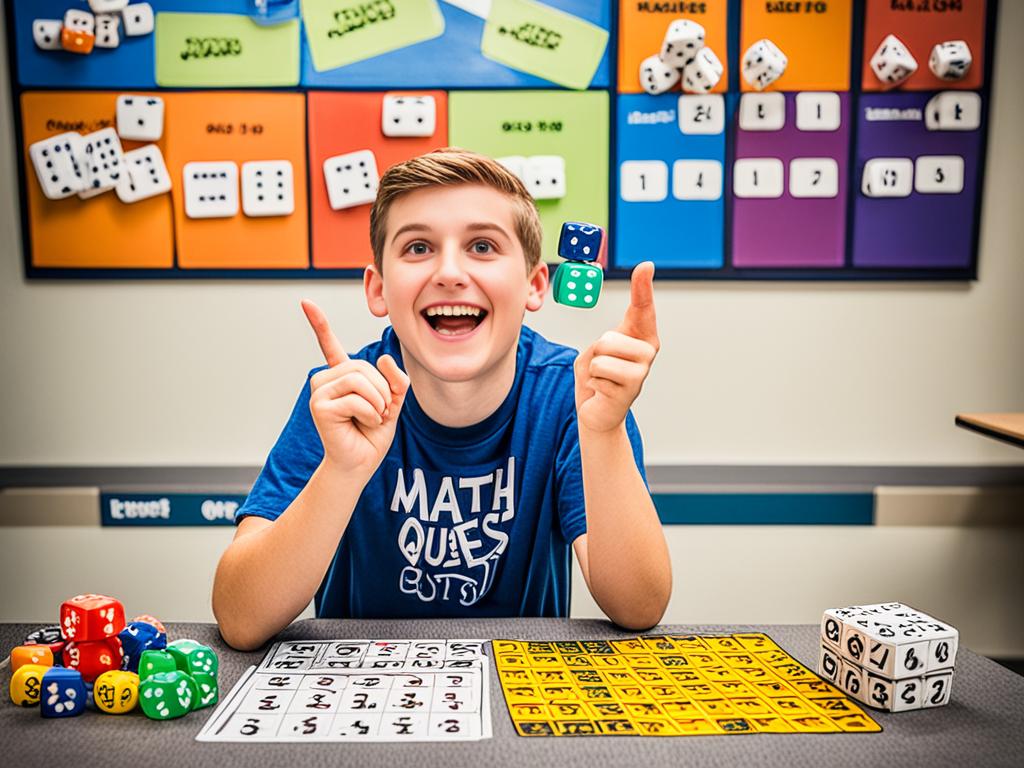
Gamification has many benefits. It improves critical thinking, teamwork, and encourages students to try new things. Learning becomes fun and rewarding, making it easier to stay motivated.
It also personalizes learning for each student. Teachers can use badges and rewards to give feedback and encouragement. This approach makes learning more effective and enjoyable.
As we explore gamification, adding game elements to classes is key. By using badges and interactive stories, teachers can make learning fun and effective. This new way of teaching changes how students see and experience education.
What is Gamification?
Gamification adds game-like elements to non-game areas to make them more engaging. It’s becoming popular in education to make learning more fun and interactive.
Understanding Game Mechanics
Game mechanics are key to gamification. They include things like points, badges, leaderboards, and challenges. These elements make users feel accomplished and competitive. By adding these to education, teachers can make learning more enjoyable and motivating.
Gamification vs. Game-Based Learning
It’s crucial to know the difference between gamification and game-based learning. Gamification uses game elements in regular learning settings. Game-based learning uses actual games or simulations as the main teaching tool. Both aim to make learning more engaging, but they vary in how they’re used and their connection to the curriculum.

The Benefits of Gamification in Education
Gamification is a big deal in schools today. It brings lots of benefits that change how we learn. By using motivation techniques and user engagement strategies, it can make learning better and change behavior modification.
Increased Motivation and Engagement
Gamification makes students more motivated and engaged. It adds game-like features like rewards systems and interactive experiences. This appeals to our love for challenges and winning, making students more eager to learn.
Improved Learning Outcomes
- Gamification makes learning fun and memorable, which helps students remember things better.
- It helps students think better, solve problems, and believe in their abilities.
- Students get instant feedback and rewards, helping them find and fix their weak spots.
Adding gamification to education can change how we learn. It makes learning fun, motivating, and more effective for everyone.
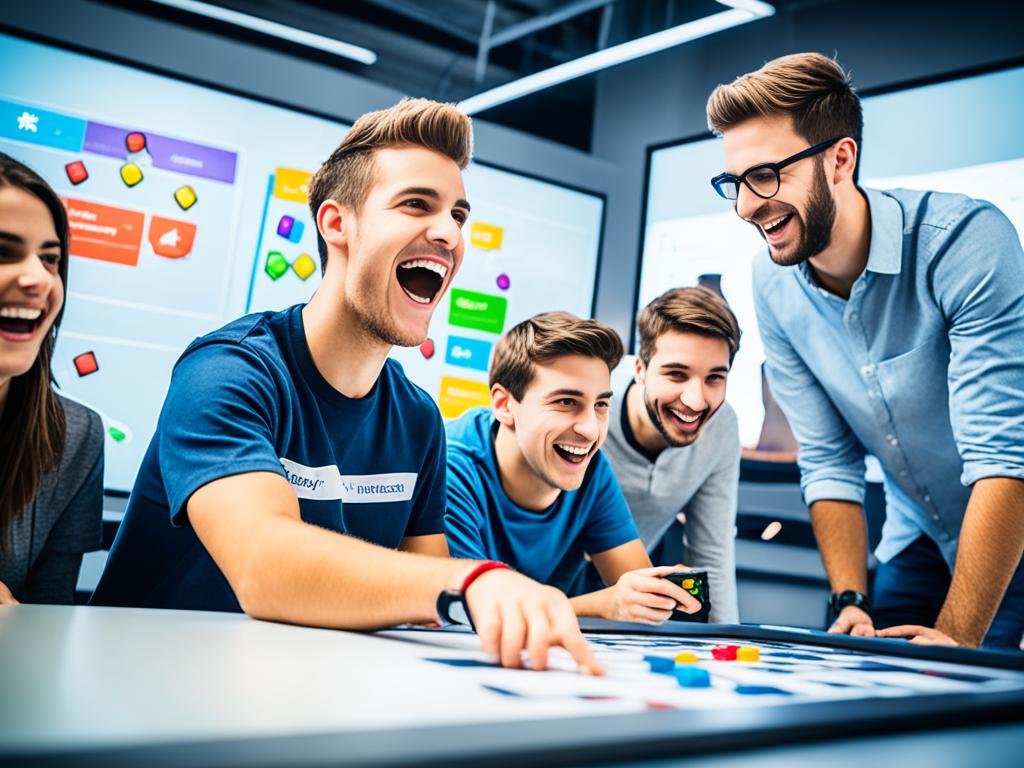
Gamification Strategies for the Classroom
Teachers are now using game-based learning and interactive experiences to grab students’ attention. This approach makes learning more fun and engaging. By adding game elements to the classroom, teachers boost student motivation and improve learning outcomes.
One great way to use gamification strategy is through interactive experiences. These combine learning with game-like features. For example:
- Interactive simulations let students explore and apply concepts in a hands-on way.
- Leaderboards and rewards give students a sense of achievement and progress.
- Storytelling makes learning more engaging and personalized.
Another method is to integrate game elements into the curriculum. This includes:
- Challenges and quests that make students use their knowledge and problem-solving skills in a fun way.
- Learning activities that let students choose their path, giving them control over their learning.
- Team activities and competitive game mechanics that promote teamwork and friendly competition.
By using these gamification strategies, teachers can make learning more user-centric and engaging. Students become more motivated to participate, explore, and apply what they’ve learned.
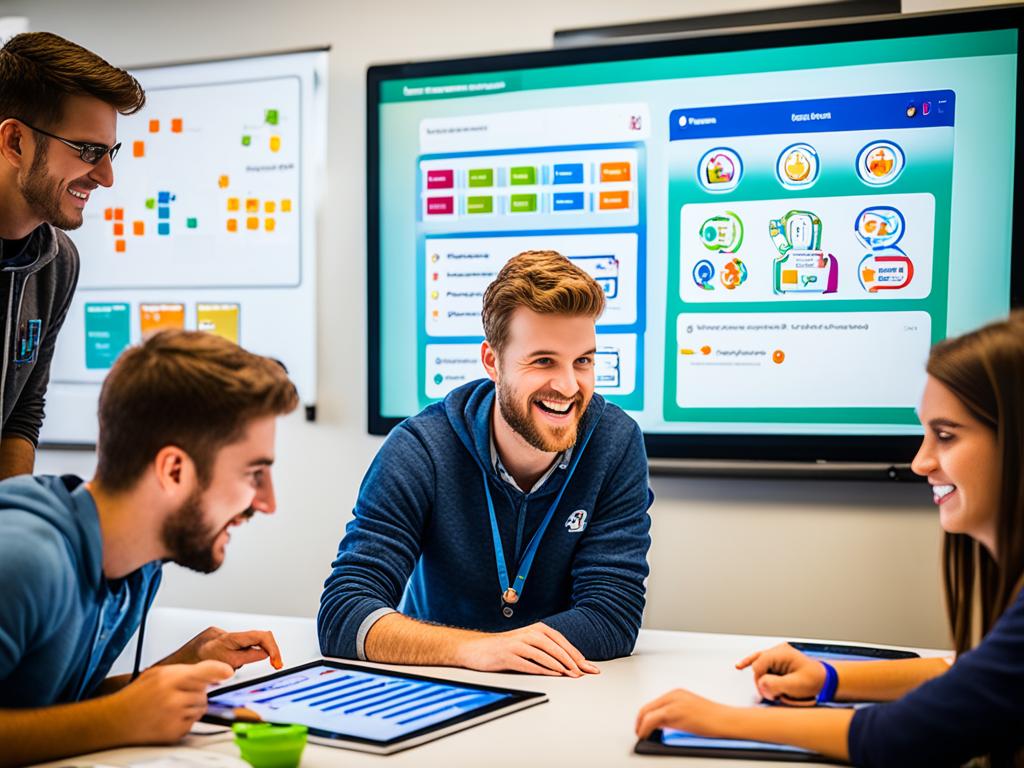
Integrating Game Elements into Curriculum
Adding game elements to the curriculum can make learning more fun and engaging. By using game elements, teachers can design more interactive and playful lessons. This approach helps students get more involved and understand the material better.
Badges and Rewards Systems
Using badges and rewards systems is a great way to motivate students. These elements give students a feeling of achievement and growth as they reach learning goals. Students can earn badges for finishing tasks, showing they know a subject well, or working together with others. This encourages them to take an active role in their learning.
Interactive Experiences and Storytelling
Adding interactive experiences and storytelling to lessons can also be effective. By telling engaging stories and letting students help tell them, teachers can use game elements to make learning more meaningful. These interactive design methods can include simulations or activities where students make choices, making learning more fun and interactive.
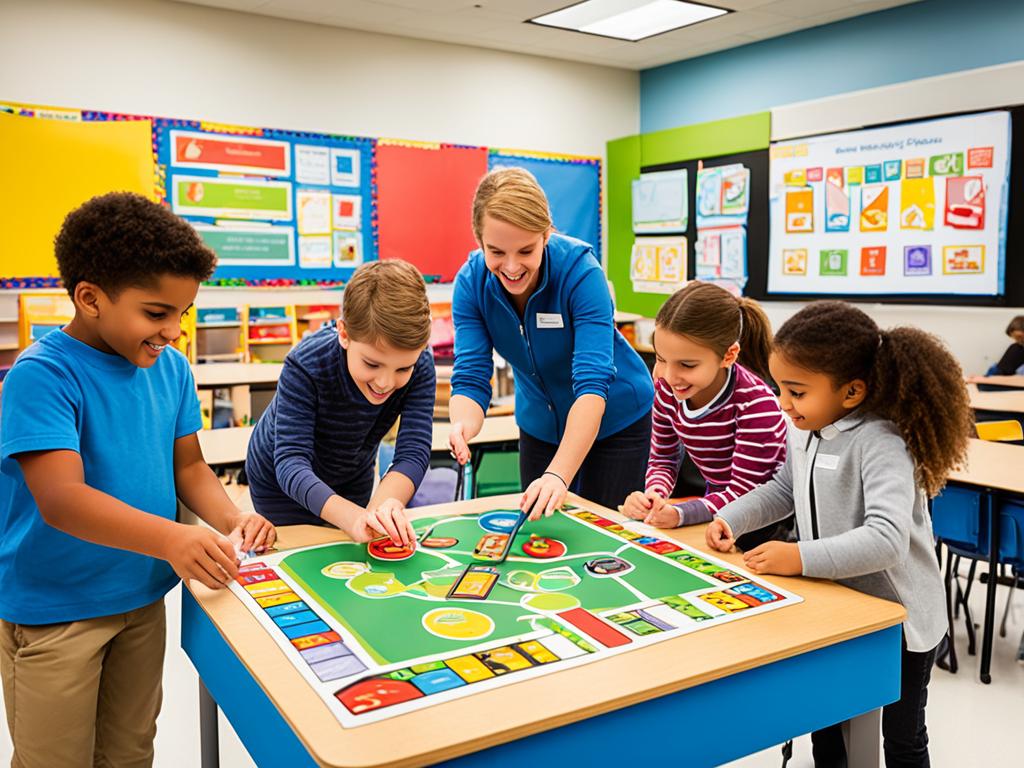
By blending these game-inspired elements, teachers can make their curriculum both challenging and fun. This approach uses the natural human interest in rewards system and discovery. It leads to better learning results and a more enjoyable school experience for everyone.
Gamification Design Principles
Integrating gamification into the classroom requires solid design principles. At the core, it’s about focusing on the user, making learning fun, and using game design to improve behavior.
User-Centered Design
Effective gamification in education begins with knowing the students well. Teachers should think about what students like, what motivates them, and how they learn best. This approach ensures that gamification meets the students’ needs, making learning more engaging and effective.
Playful Experiences and Behavior Modification
Gamification is all about making learning fun and engaging. By adding elements like challenges and rewards, teachers can motivate students to learn more. This leads to positive changes in behavior, helping students develop good habits and skills for success.
The secret to successful gamification is finding the right balance. It’s about user-centered design, playful experiences, and using game design principles to change behavior and improve learning.

Conclusion
Gamification has a big role in changing education. By adding game-like elements to classes, teachers can boost student motivation. They can also make learning more fun and improve learning outcomes.
This article showed how game-based learning helps in many ways. It makes students more motivated and interactive. Gamification gives teachers tools to make learning exciting and effective. This leads to students who are eager to learn and do well.
The use of gamification will be key in the future of education. It opens up new ways for teachers to teach. This approach prepares students to face the challenges of today and tomorrow.
FAQ
What is gamification, and how does it differ from game-based learning?
Gamification uses game design and mechanics outside of games, like in schools, to make learning more engaging. It aims to boost motivation and improve learning. Game-based learning, on the other hand, uses games or game-like settings as the main way to teach and learn.
What are the key benefits of using gamification in education?
Gamification makes learning more fun and engaging for students. It helps improve their motivation and learning results. By adding game features like points and leaderboards, teachers can make learning more interactive and rewarding.
What are some common gamification strategies and techniques for the classroom?
Teachers use badges and rewards to motivate students. They also create interactive stories and add game elements like points and leaderboards. Using player archetypes and feedback helps make learning more engaging and fun.
How can educators effectively integrate game elements into their curriculum?
Teachers should plan carefully when adding game elements to their lessons. They can use badges and rewards to celebrate students’ achievements. Interactive stories and game-based platforms can also make learning more immersive and fun.
What are the key design principles for successful gamification in education?
For gamification to work well in schools, focus on designing with the students in mind. Make learning fun and engaging. Use game design to encourage good behavior and better learning outcomes. Teachers should know what their students like and design games that meet their learning goals.



Gamification in schools makes learning easy,fun and interactive.